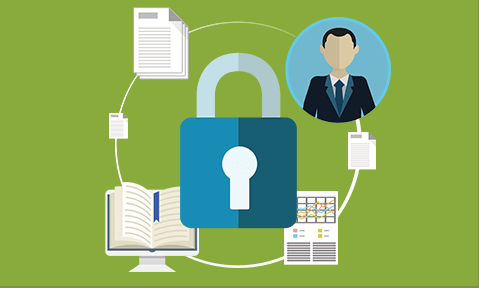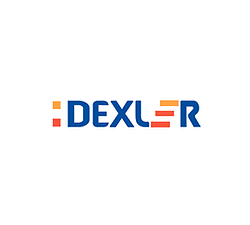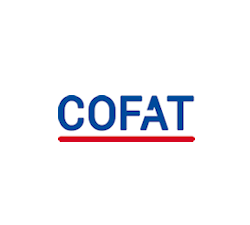
Active Rights Management vs Digital Rights Management (DRM)
Beginners guide to Active Rights Management & DRM

What is Active Rights Management?
Active rights management is a peculiar term that seems to have been invented for control systems that allow a rights owner to exert control over information immediately.
Some PR departments of active rights management product suppliers would like to claim that active rights management allows you to:
- Control who can see information and whether they can print, copy, or select text
- Prevent information from being forwarded
- Recall or expire information, even after it’s accessed
- Track what recipients do with your information (for example, read, print) after they download it.
Now it is extremely difficult to tell the difference between active rights management and digital rights management, and it is beyond the scope of this article to try to do so. Perhaps the most intellectually challenging claim that active rights management suppliers are making is to recall information after it has been accessed.
Now if the user has sat in front of the screen and used a digital camera to record what appears on the screen (take a photo), or used a screen ripper / screen grabber (a program that inspects and can copy the video display memory) then it seems illogical in the extreme that access can be expired because it has already taken place.
But, ignoring this, active rights management has some important concepts, abut being able to vary user rights in realtime, or, more correctly, whenever users have to verify their credentials and authorities. And this is a highly important point.
If you want to be able to alter the rights of a user, you cannot do this unless the user is obliged to verify their rights every time they want to use any document to which they think or believe they have access rights.
In many instances active rights management does not make any sense at all.
If you sell eBooks then once you have sold a book you have no claim to be able to change the rights of the purchaser. In fact, if you tried to do so you would be acting unlawfully, and would expose yourself to litigation that would likely bankrupt you.
So active rights management is not a valid approach method to controlling all instances of PDF security or digital rights management.
The fact is that the world is much bigger than the active rights management concept, as it has been publicly proposed, allows for. Active rights management is simply not a useful operating concept for rights management because it is flawed in terms of its breadth. Active rights management may have some value when it comes to corporate internal control systems. But it is very difficult indeed to see why active rights management has any importance compared with existing controls such as access control (mandatory or discretionary) which appear to provide all the requirements that active rights management claims to support.
Does Active Rights Management differ from Digital Rights Management?
Well yes and no. It really depends on the digital rights management controls that you have applied (i.e. if the controls applied include regular checking of access rights with a licensing/administration server).
You can be philosophical about things happening in real-time or online but that makes little if any difference to the practicality. Some suppliers appear to prefer active rights management when thinking about controls applied inside the enterprise simply because other operating system features allow user rights to be ceased immediately. In the digital rights management world you have to wait until the user next connects before you can enforce changes in administration (and this time period is set by the content owner or publisher). The content owner can decide whether these checks should be made at all. In the active rights management world it is exactly the same but the polling is always enforced and the content owner just specifies how often this occurs. A good example of this is secure data rooms where content is only available online – polling is always enforced since users are always online and changes to rights management controls (policies) can be made instantly. In this type of active rights management system, document access can be logged in real time, and users and documents instantly revoked to prevent future document access. This level of user and document control can also be achieved in a DRM system if users are forced to be online before they can use documents. This is true even if the secure document viewer / reader is installed on the client rather than documents being accessed via a web page in the browser.
So in summary, digital rights management can be made as active as you want it to be and this is where the terms active rights management and digital rights management blur to be the same thing.









 Free Trial & Demo
Free Trial & Demo Download Digital Rights Management software
Download Digital Rights Management software














